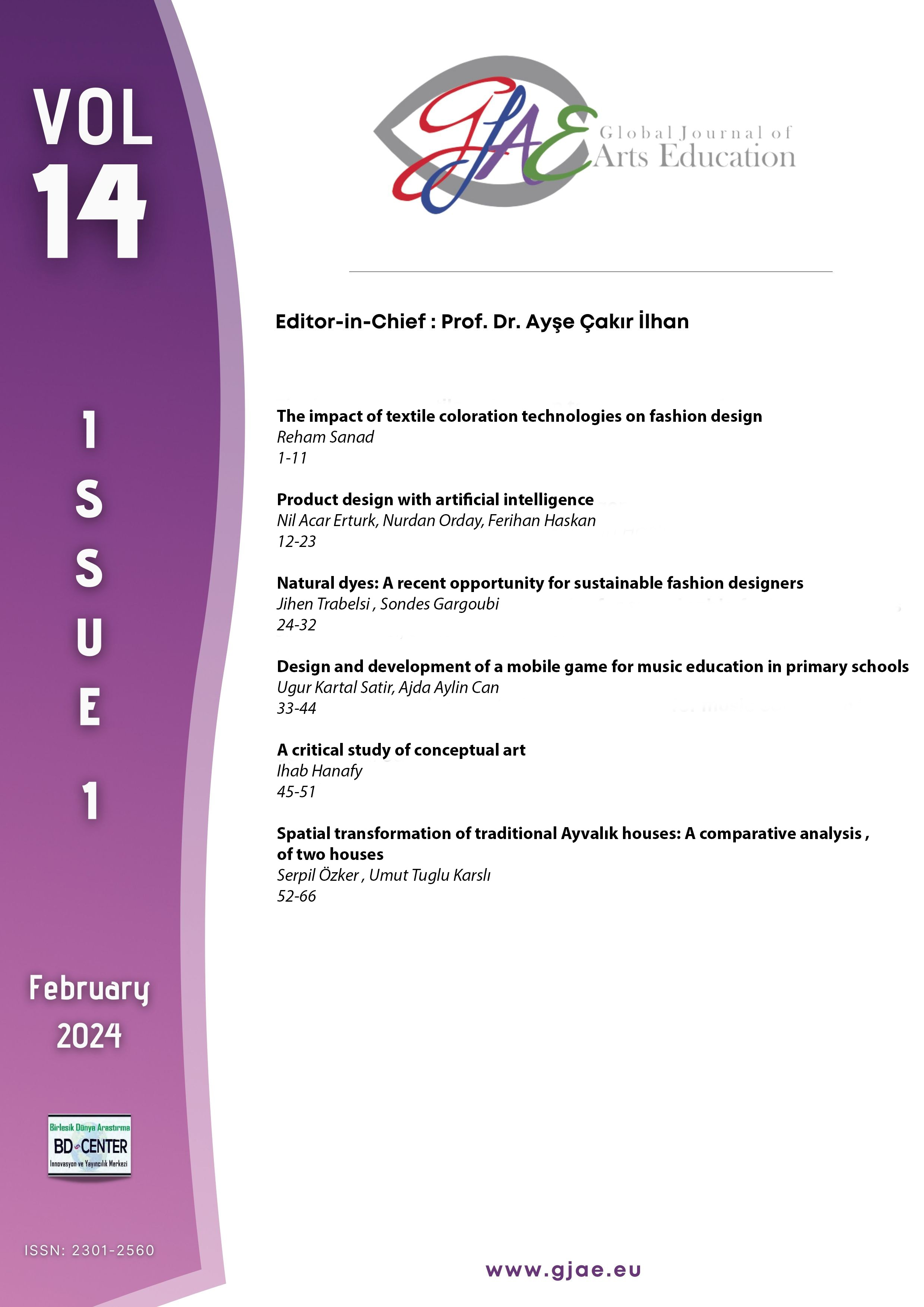The impact of textile coloration technologies on fashion design
Main Article Content
Abstract
This study aimed to investigate the role of textiles' coloration technological aspects adopted by fashion designers in their jobs. This study's objectives are to analyze and describe the nature of fashion designers’ adoption of textile coloration techniques to develop significant designs and brand identity. Five Famous high-end fashion design brands were studied to test the research hypothesis that coloration technology would form unique fashion design trends or brand identities. Images, Data, and information relevant to these fashion designers were analyzed and compared. This study found that several prominent, high-end fashion designers have employed the tie-dye coloring process frequently and differently. Some designers have depended on this method to establish a strong sense of identity for their brands. Since the term Tie-dye has been applied to all of its patterns, the process itself may be effectively used to sell the product. These findings suggest that tie-dye, as a coloring method, is a flexible method in the field of fashion design. It is recommended to build on this research by looking at further textile coloring techniques and their effects on the apparel and fashion industries.
Keywords: Consumer; dye; fashion; print; textiles; tie-dye; trend
Downloads
Article Details
Authors who publish with this journal agree to the following terms:
- Authors retain copyright and grant the journal right of first publication with the work simultaneously licensed under a Creative Commons Attribution License that allows others to share the work with an acknowledgement of the work's authorship and initial publication in this journal.
- Authors are able to enter into separate, additional contractual arrangements for the non-exclusive distribution of the journal's published version of the work (e.g., post it to an institutional repository or publish it in a book), with an acknowledgement of its initial publication in this journal.
- Authors are permitted and encouraged to post their work online (e.g., in institutional repositories or on their website) prior to and during the submission process, as it can lead to productive exchanges, as well as earlier and greater citation of published work (See The Effect of Open Access).

